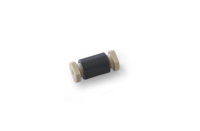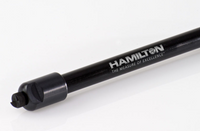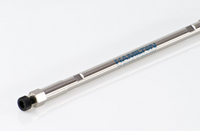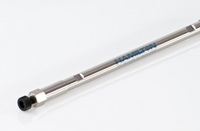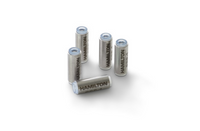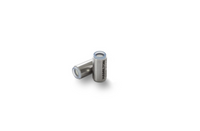Ion Exclusion

Hamilton Ion Exclusion Columns
Hamilton’s ion exclusion columns provide a highly effective alternative to traditional ion-exchange methods for separating weak acids, organic acids, and other partially ionized compounds. In ion exclusion chromatography, fully ionized analytes are repelled by the charged sites on the polymeric stationary phase and are therefore excluded from entering the pore structure—causing them to elute first. Weakly ionized and neutral species penetrate the pores to varying degrees, resulting in longer retention and improved resolution compared to ion-exchange or reversed-phase approaches alone.
This separation mechanism is especially valuable for complex mixtures of weak acids commonly found in food, beverage, fermentation, and dairy products. Such mixtures often show poor resolution using pure ion-exchange or reversed-phase HPLC, whereas ion exclusion offers superior selectivity based on pKa, degree of ionization, and molecular interactions with the polymer matrix.
Hamilton supports ion exclusion chromatography with a specialized polymeric packing material engineered for consistent pore structure, chemical durability, and reliable performance across a wide range of weak acid applications. Its stability and selectivity make it a robust choice for routine quality control, food chemistry analysis, and organic acid profiling.

